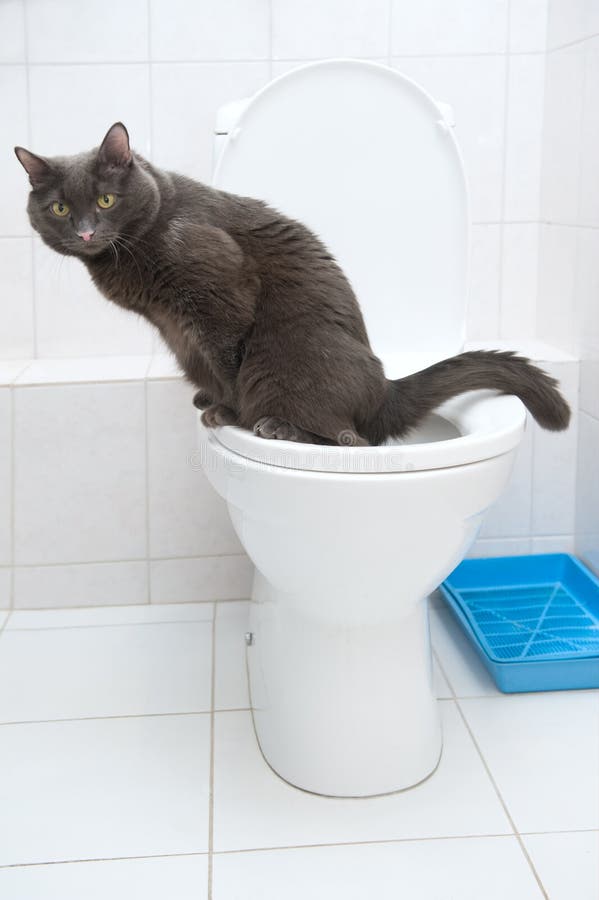Why Flushing Cat Poop Down Your Toilet Can Cause Problems - Tips for Safe Disposal
Why Flushing Cat Poop Down Your Toilet Can Cause Problems - Tips for Safe Disposal
Blog Article
Right here in the next paragraph yow will discover some professional material on the subject of How to Dispose of Cat Poop and Litter Without Plastic Bags.

Introduction
As cat proprietors, it's vital to bear in mind exactly how we take care of our feline good friends' waste. While it might seem hassle-free to purge cat poop down the commode, this method can have harmful effects for both the atmosphere and human health.
Alternatives to Flushing
The good news is, there are much safer and more accountable ways to throw away cat poop. Consider the adhering to alternatives:
1. Scoop and Dispose in Trash
The most typical approach of dealing with feline poop is to scoop it right into a biodegradable bag and throw it in the trash. Be sure to use a devoted litter scoop and deal with the waste quickly.
2. Use Biodegradable Litter
Choose biodegradable cat litter made from products such as corn or wheat. These clutters are eco-friendly and can be safely dealt with in the trash.
3. Hide in the Yard
If you have a lawn, think about burying pet cat waste in an assigned area far from vegetable yards and water resources. Be sure to dig deep adequate to avoid contamination of groundwater.
4. Install a Pet Waste Disposal System
Buy an animal garbage disposal system particularly designed for feline waste. These systems use enzymes to break down the waste, reducing smell and environmental influence.
Health Risks
Along with environmental problems, purging cat waste can additionally posture wellness dangers to humans. Pet cat feces may have Toxoplasma gondii, a bloodsucker that can cause toxoplasmosis-- a possibly extreme health problem, particularly for expecting females and individuals with weakened immune systems.
Ecological Impact
Purging pet cat poop presents hazardous microorganisms and bloodsuckers right into the water, posturing a significant risk to aquatic communities. These pollutants can negatively impact marine life and concession water top quality.
Verdict
Liable family pet ownership extends past giving food and shelter-- it also involves proper waste monitoring. By avoiding flushing pet cat poop down the bathroom and choosing alternative disposal approaches, we can reduce our environmental impact and secure human health.
Why Can’t I Flush Cat Poop?
It Spreads a Parasite
Cats are frequently infected with a parasite called toxoplasma gondii. The parasite causes an infection called toxoplasmosis. It is usually harmless to cats. The parasite only uses cat poop as a host for its eggs. Otherwise, the cat’s immune system usually keeps the infection at low enough levels to maintain its own health. But it does not stop the develop of eggs. These eggs are tiny and surprisingly tough. They may survive for a year before they begin to grow. But that’s the problem.
Our wastewater system is not designed to deal with toxoplasmosis eggs. Instead, most eggs will flush from your toilet into sewers and wastewater management plants. After the sewage is treated for many other harmful things in it, it is typically released into local rivers, lakes, or oceans. Here, the toxoplasmosis eggs can find new hosts, including starfish, crabs, otters, and many other wildlife. For many, this is a significant risk to their health. Toxoplasmosis can also end up infecting water sources that are important for agriculture, which means our deer, pigs, and sheep can get infected too.
Is There Risk to Humans?
There can be a risk to human life from flushing cat poop down the toilet. If you do so, the parasites from your cat’s poop can end up in shellfish, game animals, or livestock. If this meat is then served raw or undercooked, the people who eat it can get sick.
In fact, according to the CDC, 40 million people in the United States are infected with toxoplasma gondii. They get it from exposure to infected seafood, or from some kind of cat poop contamination, like drinking from a stream that is contaminated or touching anything that has come into contact with cat poop. That includes just cleaning a cat litter box.
Most people who get infected with these parasites will not develop any symptoms. However, for pregnant women or for those with compromised immune systems, the parasite can cause severe health problems.
How to Handle Cat Poop
The best way to handle cat poop is actually to clean the box more often. The eggs that the parasite sheds will not become active until one to five days after the cat poops. That means that if you clean daily, you’re much less likely to come into direct contact with infectious eggs.
That said, always dispose of cat poop in the garbage and not down the toilet. Wash your hands before and after you clean the litter box, and bring the bag of poop right outside to your garbage bins.
https://trenchlesssolutionsusa.com/why-cant-i-flush-cat-poop/

I was shown that article about Can You Flush Cat Poo or Litter Down the Toilet? from an acquaintance on another web property. Sharing is nice. One never knows, you may very well be doing someone a favor. Thanks for your time invested reading it.
Click Here Report this page